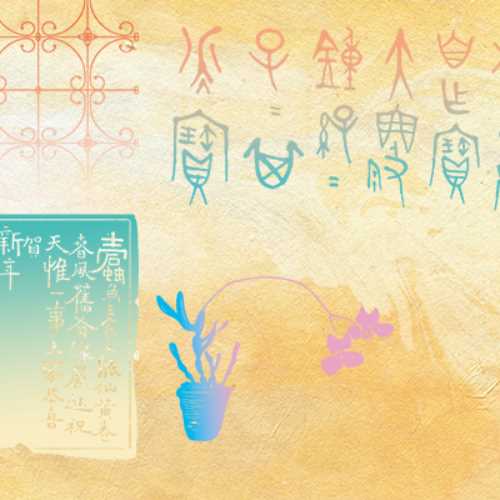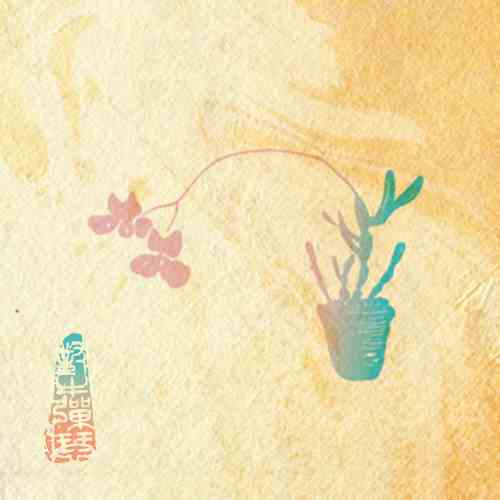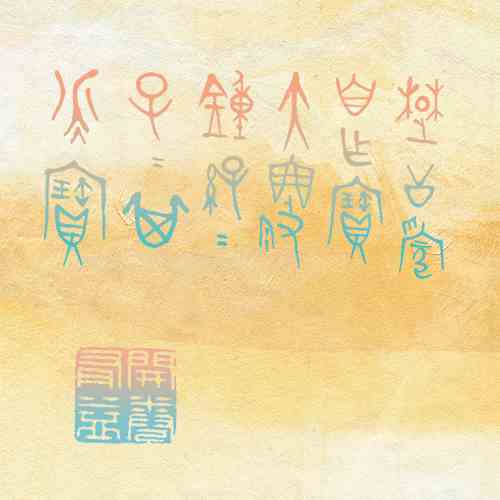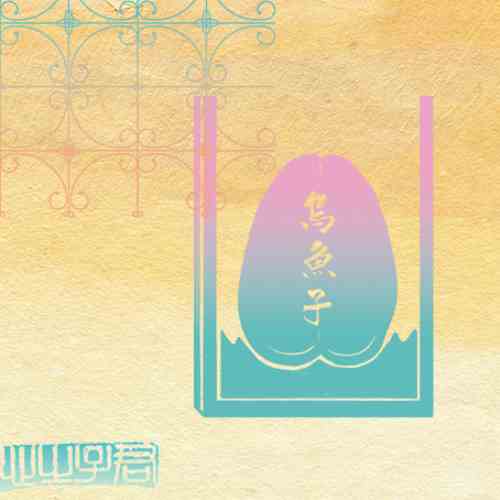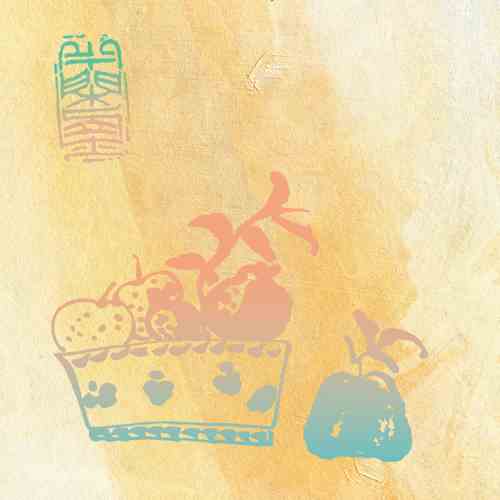Introduction
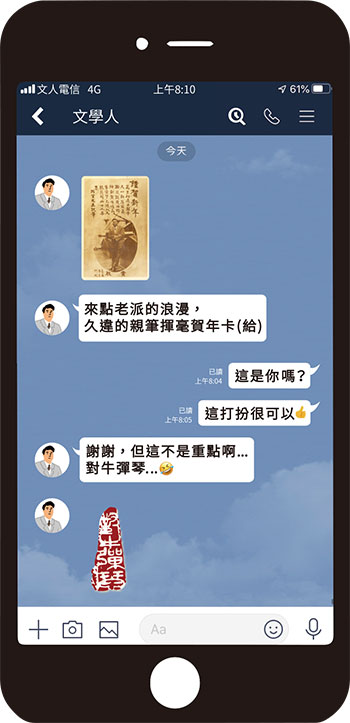
Calligraphic Escapes! Lives Pleasures and Passions on the Tip of a Brush.
Back in the day, scholars worked to refine their calligraphic skills to prove their mastery of both academics and the arts. Works of calligraphy honored state and country, with those achieving the pinnacle of aesthetic perfection in their brushwork influencing national affairs and opinion in ways that equaled or even exceeded contemporary martial heroes. However, for those whose calligraphy fell short of 'perfect' or failed to win official favor, and for scholar-officials who retired and returned to distant home provinces, calligraphy provided a metaphorical 'fan' to dispel feelings of regret and remorse. Concentrating one's full faculties into calligraphic creativity offered welcome relief and comfort. Before the advent of pencils, ink pens, and keyboards, calligraphy brushes were used to record more mundane affairs as well. Diary entries, love letters, social correspondences, and even vacuous drivel … all once flowed from the calligraphic brush.
Letters, cards, couplets, and notebooks offered outlets of contemporary calligraphic escape, analogous to today's email, Facebook, Line, and Instagram accounts. These were personal spaces for discovering life's pleasures and taking time out from the pressures of everyday existence. The more than forty items displayed in this exhibition, donated to the NMTL by 14 benefactors, date from the Qing Dynasty, Japanese Colonial, and early postwar periods and reflect the calligraphic efforts of over 30 authors. Contents convey their authors' social spirit and concerns, life aesthetics, and prosaic trivialities back in an age when the calligraphic brush was still the predominant vehicle of cultural communication.
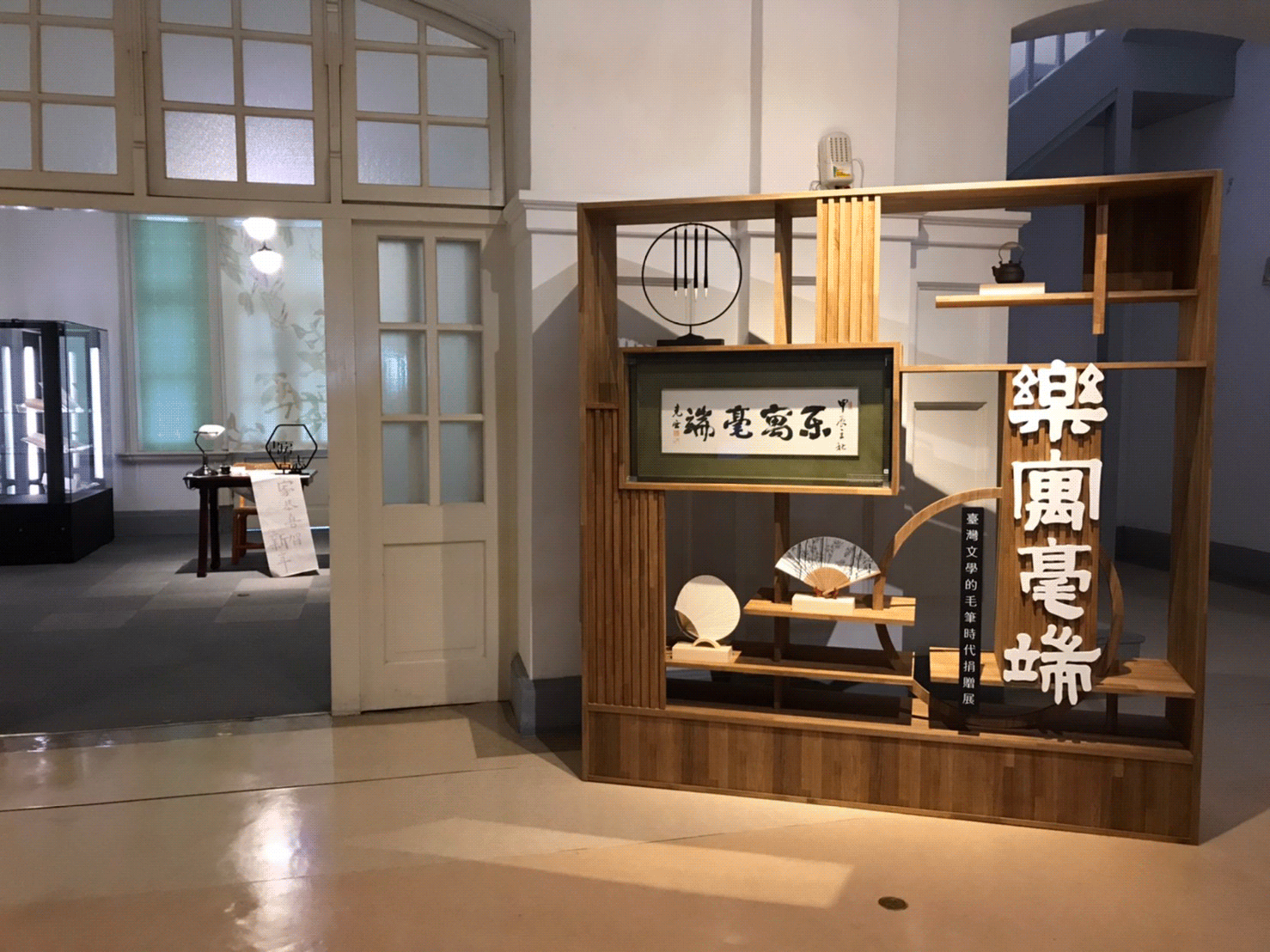
𓇬 𓇬 𓇬
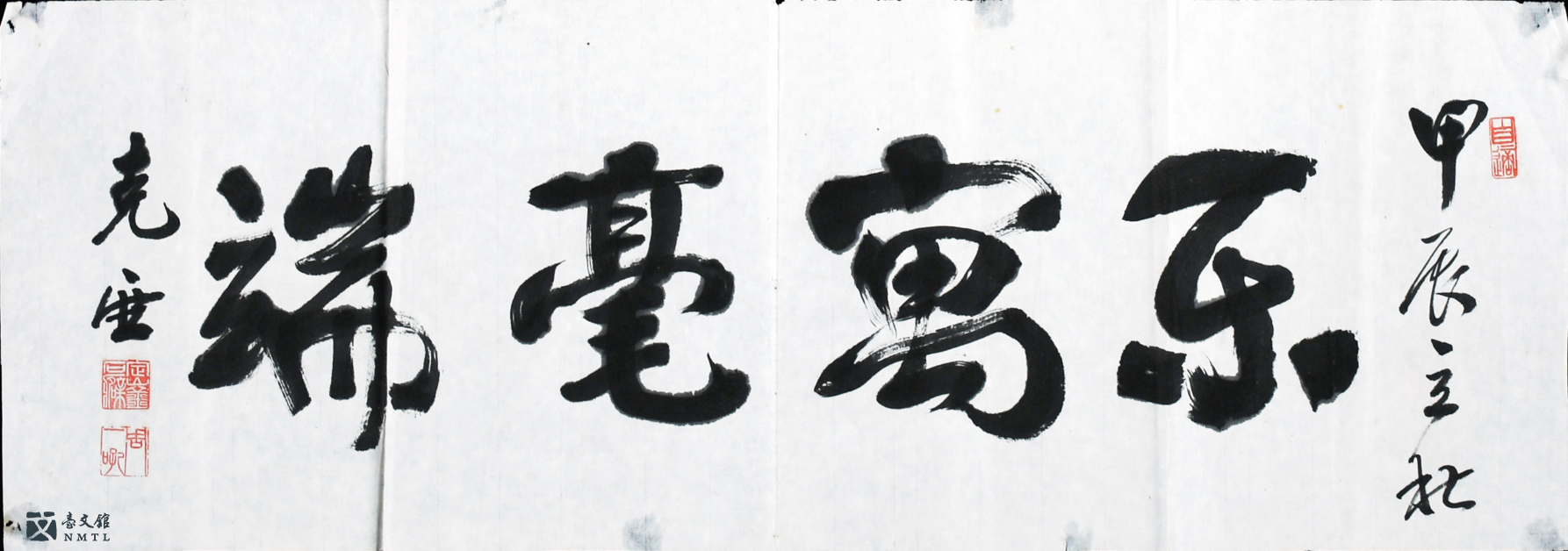
🖌 Chou Ting-Shan's "Le Yu Hao Duan in Semi-cursive Style"
Written by Chou Ting-Shan at 67 years old in 1964. Only the character "Le (happy)" was written in cursive style, while the other three characters were written in Yan Zhen-Qing's regular style. The characters were written with a big brush and the ink spreads out naturally. The work shows Chou's brilliant calligraphic skills and magnificent strength. The calligraphy artist's tremendous spirit is vividly demonstrated through the work.(Donated by Chou Ting-Shan's family)
